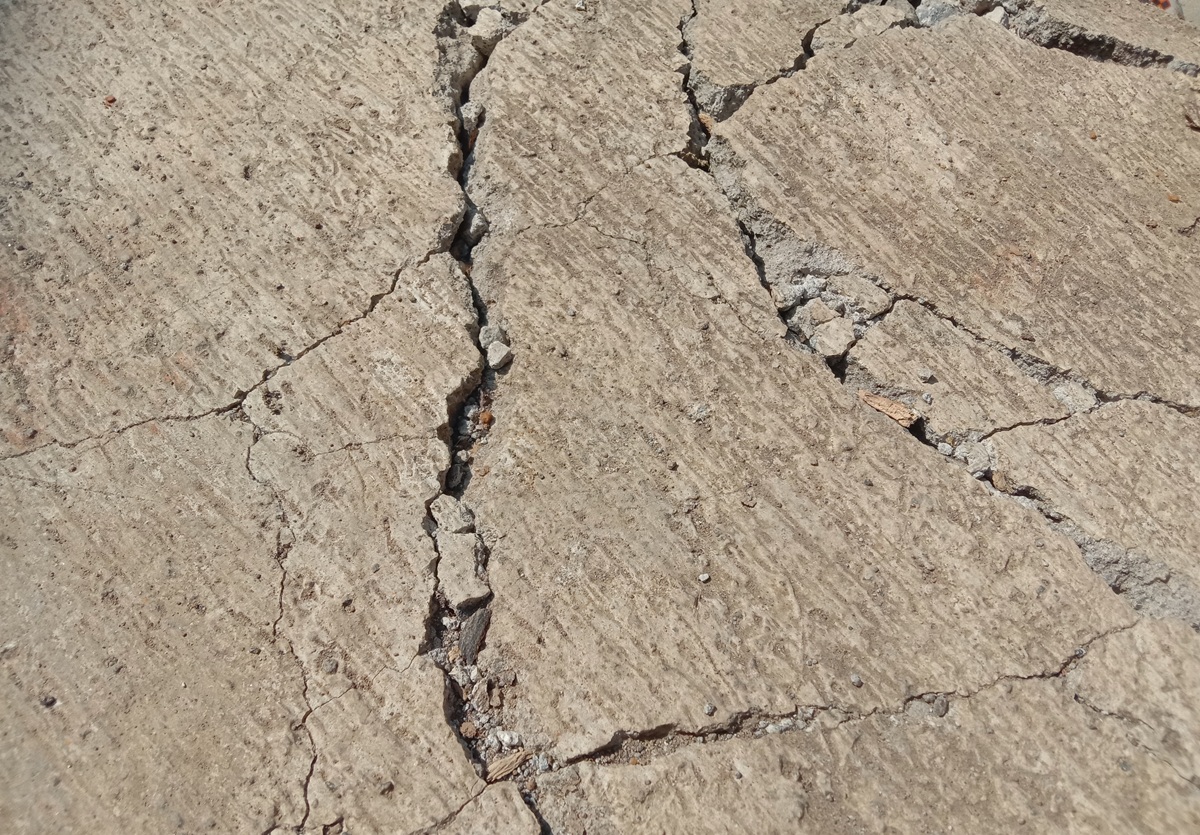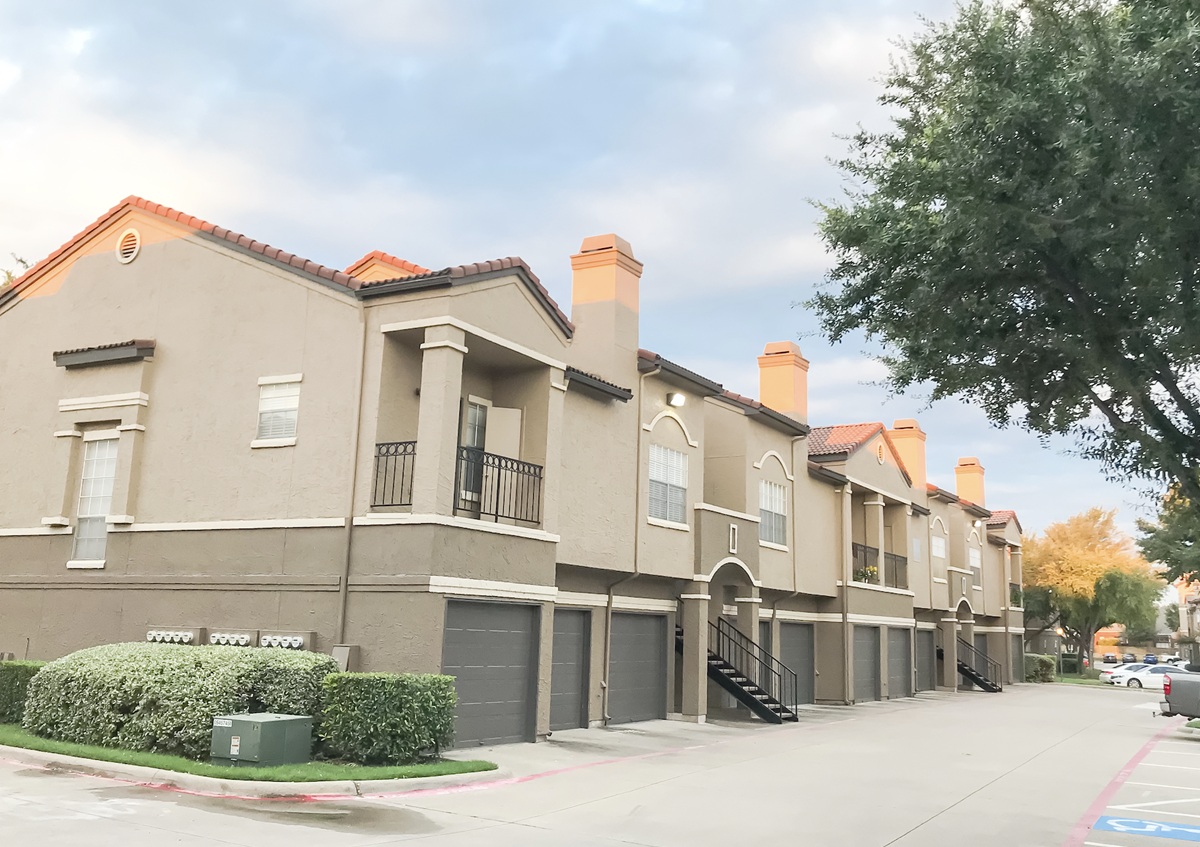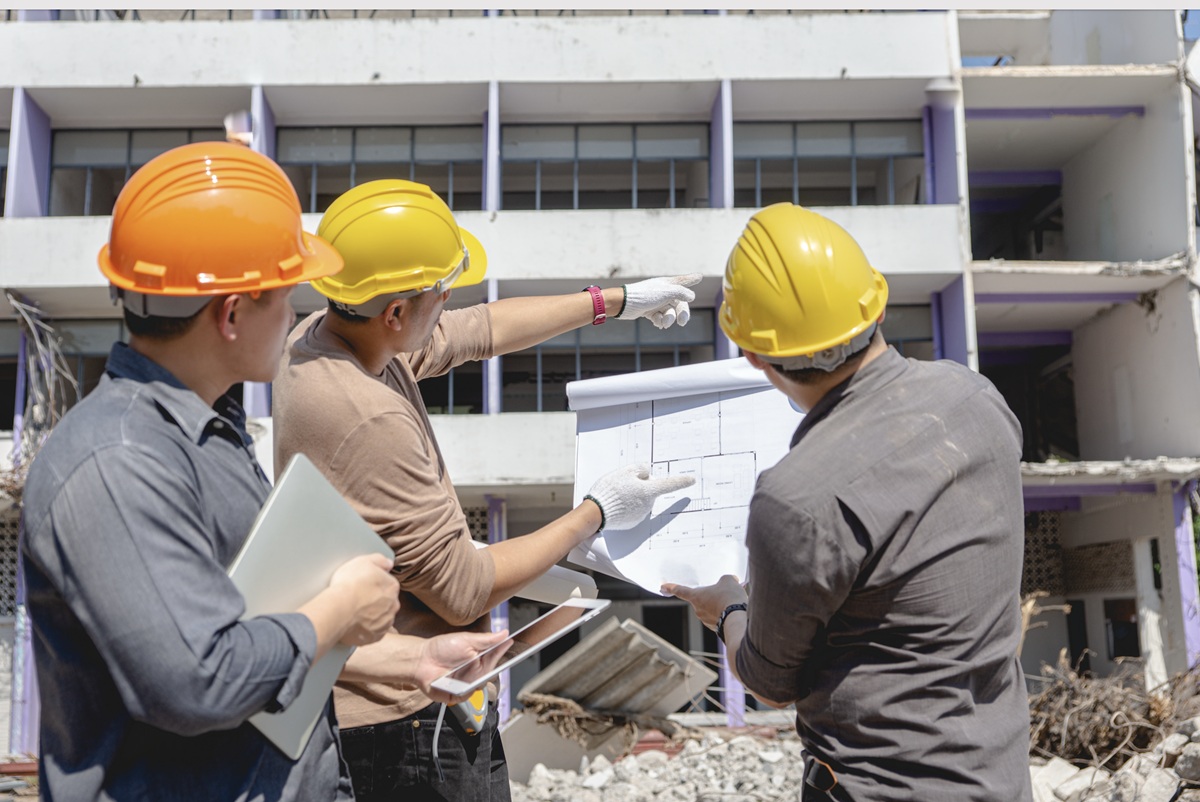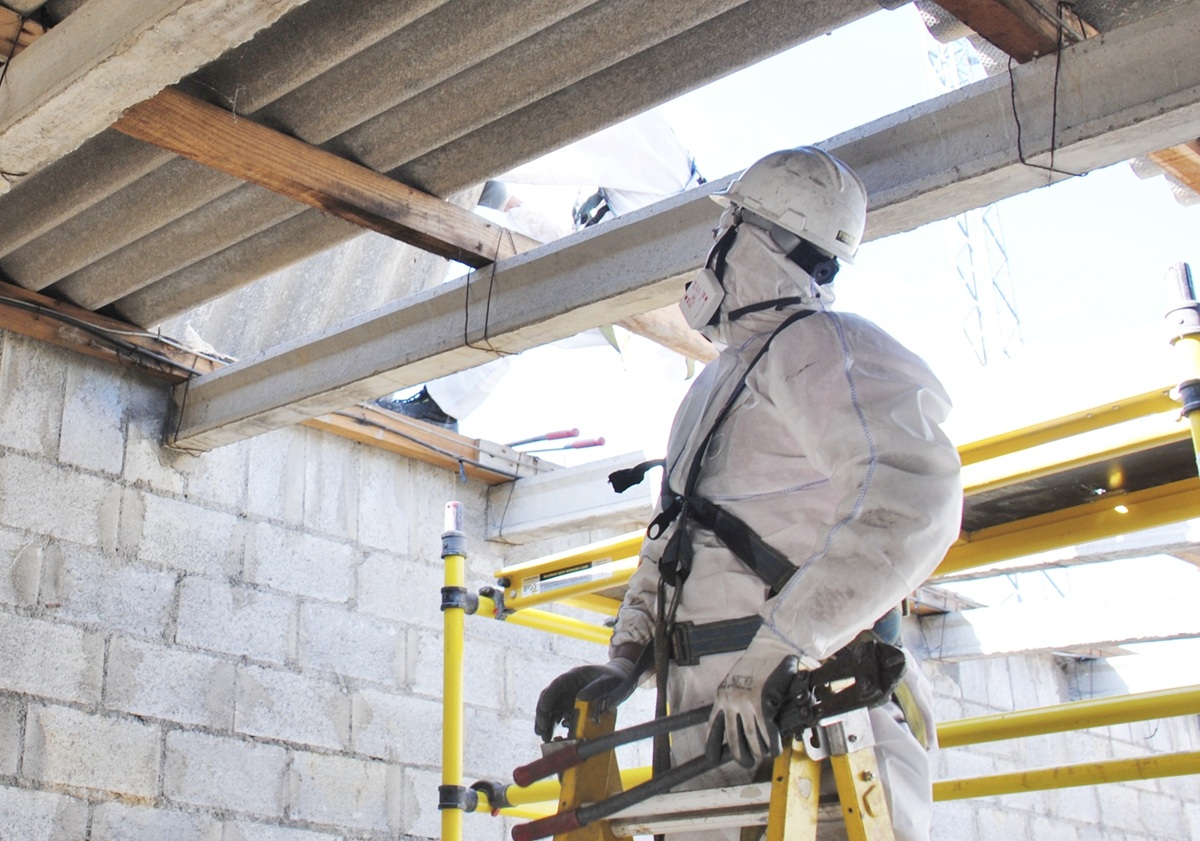The best way to prepare for disaster is to ask yourself, “What’s the worst thing that could happen?”
When it comes to earthquakes, you can assess damage from past experiences, identify the near-misses or “thank goodness it didn’t happen here” scenarios and search out the best ways to mitigate those possibilities before they strike.
Gordon Woo, a theoretical physicist and resident catastrophist at Risk Management Solutions, is an expert in this form of analysis.
The goal in this approach is to develop foresight by studying events that could have turned out much worse. “It’s not that you’ll know when something will happen; you just know that something is a possibility,” he told the seismic hazard modeling company Temblor.
Catastrophe risk modeling began in the 1980s with the advent of affordable computers and has since grown in size and sophistication, Woo wrote in Frontiers in Earth Science in 1999. In the paper, he cites an EgyptAir pilot’s deliberate 1997 crash into the Atlantic as an example.
He suggests that had analysis been done to determine worst-case scenarios from that event, (the pilot flew out of JFK airport), the possibility of a plane crashing into a populated area of Manhattan might have emerged as a more real possibility two years before 9/11 happened.
Risks Facing San Diego
Serious risks facing the San Diego area have been identified in the past year.
The Rose Canyon Fault runs right through the middle of the city — from the Silver Strand to La Jolla — snaking its way under lofty skyscrapers, commercial districts and apartment buildings that draw tens of thousands of people each day.
Seismologists agree that Rose Canyon, while relatively inactive, has the capacity for a 7.0-magnitude quake – larger and more destructive than those in Loma Prieta and Northridge.
When it does strike, the damage caused could be colossal: estimated at between $124 million and $13 billion. That’s because many of the buildings in this city were constructed long ago, based on outdated and less effective building codes.
It’s one of the reasons the California Geological Survey ranks San Diego as one of the state’s top 10 areas for projected loss from an earthquake.
Important Webinar Series
Fortunately, there are many around the world – including here in California – who are working to address earthquake resilience issues, challenges and accomplishments using a combination of worst-case scenarios and best practice solutions.
Optimum Seismic has teamed up with a coalition of leading business organizations and government officials to launch a monthly webinar series, “The Resilience Advantage,” to help educate property owners, businesses and community leaders about the threats they face, and approaches to avoid social and economic disaster. Each episode features a special video on the topic plus a panel of recognized experts addressing risks, building safety, social concerns, and business and economic impacts.
Partners in the series include the L.A. Area Chamber of Commerce, L.A. County Economic Development Corporation, Los Angeles County Business Federation and U.S. Resiliency Council.
Upcoming webinars will be held from 11 a.m. to 12:30 p.m. Thursday, January 21, and Wednesday, February 17. Others are planned throughout the year. For information, visit optimumseismic.com/the-resilience-advantage. Recent videos and webinars are also posted there for those who missed any of the series.
Act now to protect your building, tenants and assets. Visit optimumseismic.com to arrange for a complimentary property assessment or call us at 323-978-7664.







